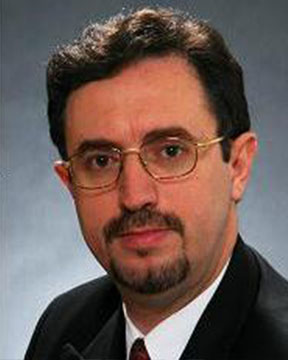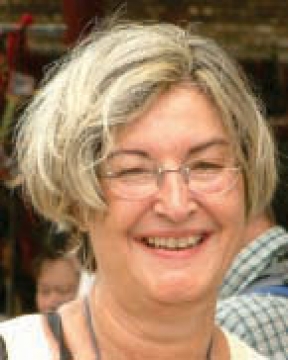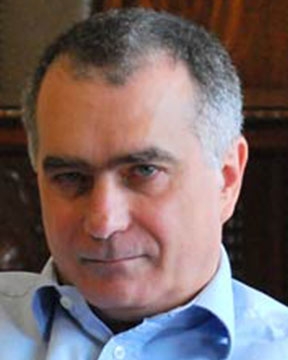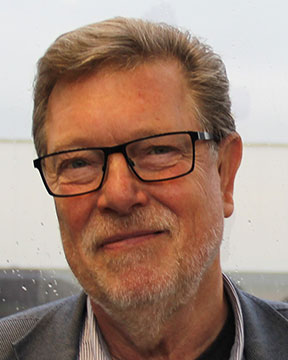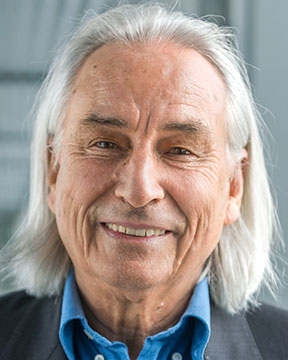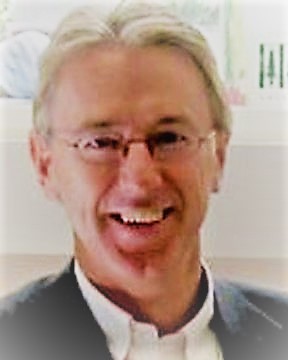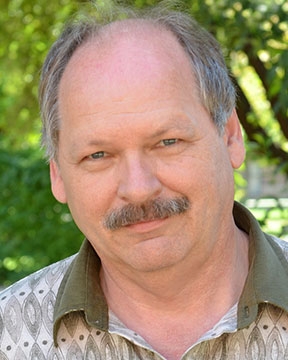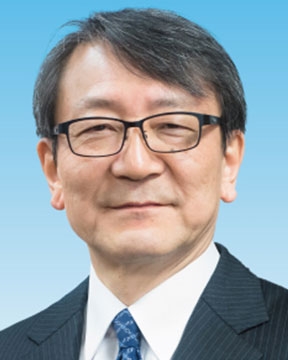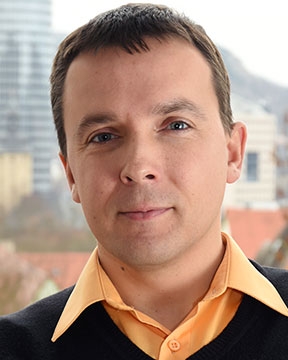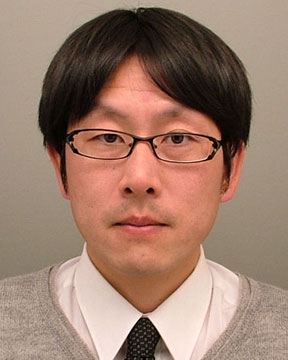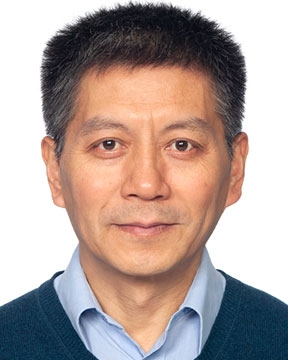



















7th Intl. Symp. on Molten Salt, Ionic & Glass-forming Liquids: Processing and Sustainability

Bio | CV | Publications
This major symposium is in honor of the distinguished work and lifetime achievements of Prof. C. Austen Angell who turned 85 a short time ago, but who remains active in the field of liquids, and glasses, especially water and ionic liquids, and battery electrolytes. He has played a major role in moving glass-forming liquids from a laboratory curiosity to being perhaps the central challenge of liquid state studies. It is difficult to find another person whose research experience in the non-crystalline condensed state has covered a broader range of materials.
Born in Canberra, Australia, to a father who melted aluminum (from wrecked aircraft) in their dining-room fireplace to fabricate gear wheels and knife handles, it wasn't surprising that he chose chemical metallurgy as his major at Melbourne University, where he obtained B.Sc. and M.Sc. Degrees. His post-grad studies began with the application of four component phase diagrams to understand lead smelting slag phenomena, then continued with molten salt studies under emminent electrochemist John Bockris, at UPenn, Philadelphia, and concluded with an Imperial College of Science Ph.D. on metal-molten salt solutions under Bockris' star student John Tomlinson - for which he won the biennially awarded ICSc Armstrong research medal.
Before thesis submission he attended the first Faraday Discussion on Molten Salts and listened carefully as his elders discussed new models of transport like the free volume model of Cohen and Turnbull which gave insight into the provocative viscosity divergence known for certain supercooled liquids. After graduation, he returned to Australia briefly and looked into the simple KNO3-Ca(NO3)2 ("ionic argon") glassforming system from which he found it was possible to pull long fibres of clear glass. He measured diffusion and conductivity in the liquid and found the data precisely obeying the Cohen-Turnbull predictions. It was a transformative experience and the reports in J. Phys.Chem. earned him his first Gordon Conference speaker invitation. "CKN" has become a model system in the field.
After two years he returned to the USA to work with Dieter Gruen at Argonne National Laboratory where he learned transition metal spectroscopy and observed the color changes of favorable ions like Ni2+ and Co2+ as they increased their coordination numbers on the way to the glassy state. Then Sputnik went up and US science was jolted out of its complacency- and there were faculty positions, research grants, and good students responding to the challenge. Angell joined Purdue University's Chemistry Department and, aided by students like Joe Wong, Ed Sare, and Joe Tucker, was quickly tenured. 1976 was a busy year. A collaboration with Leslie Woodcock produced the first computer simulation study of the archetypal glass-former, SiO2, by modelling it as an ionic liquid. The book "Glass Structure by Spectroscopy" with Joe Wong, ˜800 pages, now cited well over 1000x, was published, and post-doc Robin Speedy's paper on power law (critical-like) divergences in the compressibility, ignited widespread and enduring fascination with supercooled water. With a growing list of Gordon conference invitations to talk about glassy state fundamentals, and supercooled water physics, full professorship and the University Research (McCoy) medal soon followed.
In 1989, after 23 years of cold Indiana winters, Angell needed warmer climes and moved to Arizona State University's Chemistry Dept. where Materials Chemistry was thriving in the hands of Mike O'Keeffe, Paul McMillan and colleagues. O'Keeffe argued for the merits of the high pressure variable, and the team made B3C, the third hardest material known. Then together they made the first pure nitride glasses – so hard they scratch all the other glasses. With George Wolf and Jenny Green, they studied water and salt solutions at negative pressure, reaching -1500 atm, before cavitation. When Omar Yaghi arrived at ASU to make the first MOFs (effectively crystals trapped under negative pressure), he (Yaghi) teamed with O'Keeffe to produce a series of elegant papers that established their leadership in this now enormous field. Angell's group found how to make monolithic glassy MOF films and, with Yaghi, (now at UCBerkeley) showed they could have competitively large internal surfaces. For massive sections, they pose a major processing problem, yet unsolved. In parallel, Angell's electrolyte group made major inroads on ionic liquids properties, and "J.-P." Belieres showed they could make fuel cells run on "protic" ionic liquids as the proton carriers (a significant breakthrough after 150 years of aqueous acid or base electrolytes). While the friendly rival Watanabe group in Yokohama made the first scientific report, Angell's group obtained the first patent!).
50 years after the first Faraday meeting on Molten salts mentioned in the second paragraph, the first Faraday Discussion on the daughter discipline, Ionic Liquids, was held, in Belfast, Northern Ireland. In a nice status inversion, the chosen Introductory Lecturer at this event was the aspiring student of the Molten Salt meeting, and the honoree of the present Symposium. Angell has now published some 540 papers and reviews, for which Google Scholar reports over 60,000 citations and an Hindex of 111. He has received awards from several technological Societies [Morey (ACerS, 1991) Hildebrand (ACS, 2004), Turnbull (MRS 2005 ) and Bredig (ECS, 2010) awards, topped recently by the Otto Schott award for Applied Glass Sciences, 2018]. His efforts have also been recognized by a special issue of J. Phys. Chem. in 1999, and honor symposia in 1998 (Pisa), 2008 (Vancouver), and 2014 (Bengaluru).
His work continues on several fronts. Recent (2017, 2018) publications from his lab have described solid acids with record-breaking conductivities, and plastic crystal lithium electrolytes with conductivities higher than for most liquid electrolytes, while collaborations with overseas groups (Woutersen at UVA, Amsterdam, and Wei at Aachen) have generated Science and Science Advances papers on reversible liquid-liquid phase changes in aqueous ionic liquids, and water-like behavior in liquid phase change materials (PCMs). This symposium will seek to capture some of the excitement of these diverse liquid phenomenologies and their potential for commercial exploitation in sustainable technologies.
ROUND TABLE DISCUSSIONS
A round table discussion open to everyone interested will be organized at a specific date and time during the symposium. It will be a platform for high level representatives of various industries, technologies, and academic disciplines to freely discuss and debate all topics of this symposium, and identify positive and efficient pathways towards sustainability in industrial practices, technologies, and research.
You are cordially invited to actively participate in this symposium by submitting and presenting a paper, or by attending the round table. We look forward to meeting you at the Cyprus, October 2019.


